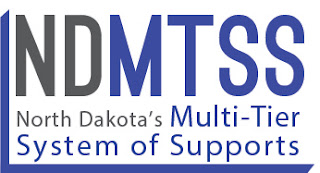The 2017-2018 school year has brought forth many changes in
the world of standardized testing at the high school level. The junior class will no longer take the
state assessment, that test has been moved to the sophomore class. The biggest change, however, comes with the
fact that local school districts now have the power to choose which test to administer. The language from the North Dakota Department
of Public Instruction (ND DPI) is as follows:
“The Every Student Succeeds Act
(ESSA, 2015) provides new flexibility for states with respect to high school
assessments. Section 1111(b)(2)(H) of
ESSA allows a Local Education Agency (LEA) to administer a locally selected,
nationally recognized assessment in lieu of the state test for high school if
the LEA selects an assessment that has been approved by the state”
The ND DPI has approved the following assessments to measure
academic progress, the North Dakota State Assessment which is given to sophomores,
and the ACT which is already given to all juniors in the state of North Dakota.
On the recommendation from the North Dakota Council of
Educational Leaders (NDCEL) New Salem-Almont Public Schools has chosen to use
the North Dakota State Assessment. The
recommendation from NDCEL was based on the following factors:
·
The inability of ACT to measure growth
·
It has never been used to measure accountability
·
Restricted accommodations; determined by ACT,
not locally
·
Measures college entrance; not Choice Ready
·
Changes focus from student centered to
measurement of school quality
·
Three year commitment does not allow for changing
mind
This means students at New Salem-Almont High will be given
the following assessments in respective grades.
7th
Grade – STAR, MAP, NDSA
8th
Grade – STAR, MAP, NDSA
9th
Grade – no standardized assessment
10th
Grade – NDSA, PSAT
11th
Grade – ACT
12th
Grade – no standardized assessment
Please feel free to contact the school office with any
questions, 843-7610.

